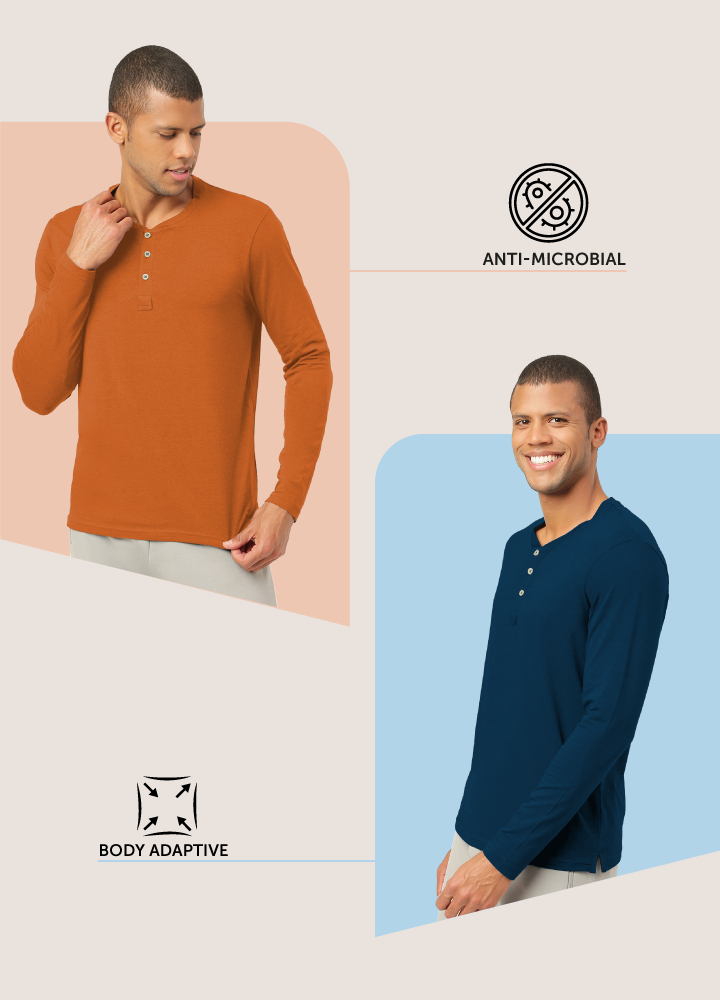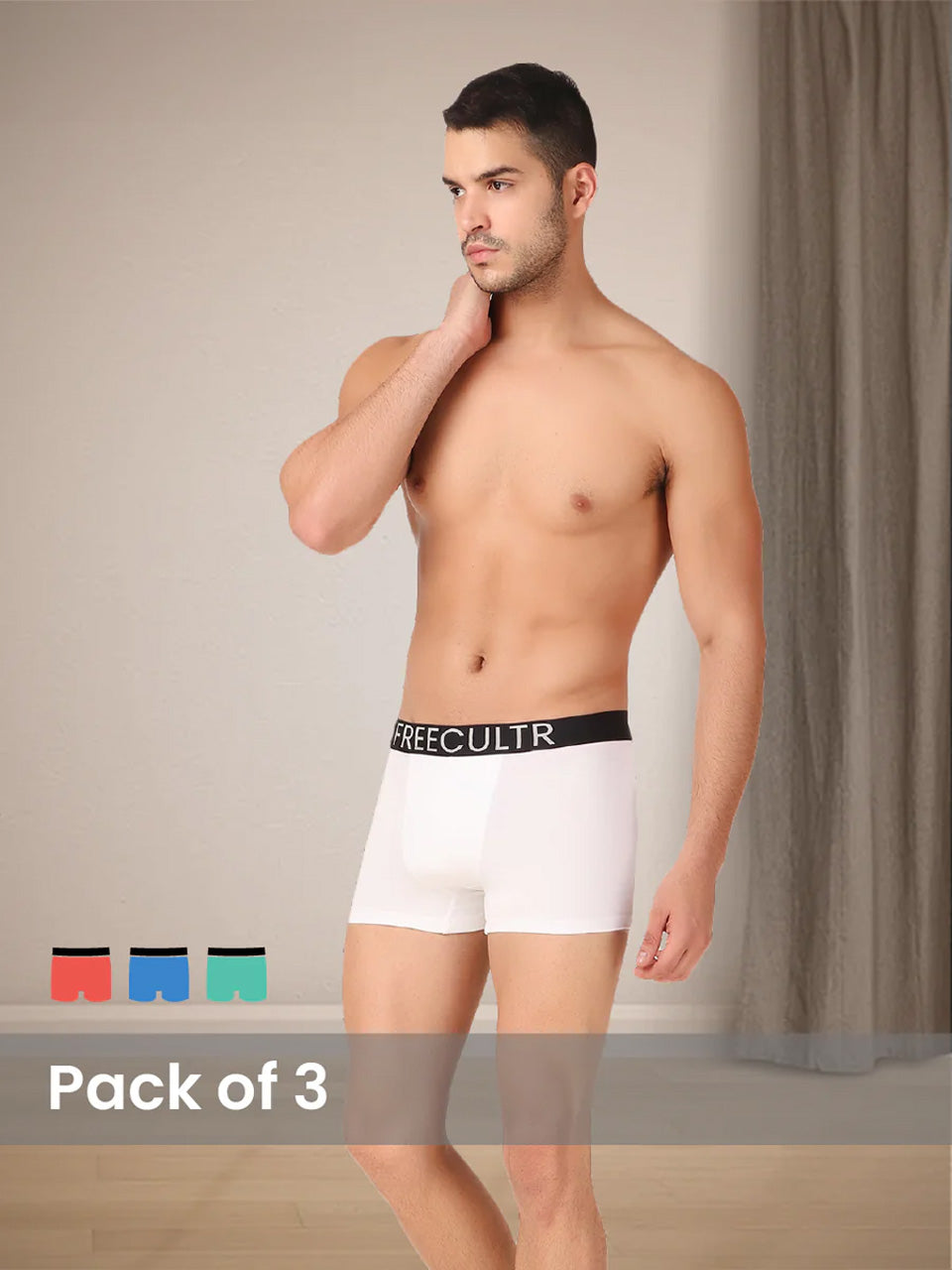The quest for the perfect t-shirt ends here. In an era of fleeting fashion trends and disposable clothing, we’re diving deep into the enduring appeal and robust construction of crew neck tees. Forget fast fashion; we're talking about garments built to last, made from premium materials like combed cotton and reinforced with double-needle stitching. Explore how fabric weight, measured in GSM (grams per square meter), directly impacts drape and longevity. Learn to identify key indicators of quality craftsmanship – from seamless collar construction to perfectly aligned side seams. Discover why a well-chosen crew neck tee isn't just clothing; it's an investment in a versatile, dependable wardrobe staple.

The Enduring Appeal of the Crew Neck
The crew neck t-shirt is a staple in wardrobes worldwide, transcending trends and remaining a constant symbol of casual comfort and understated style. Its simple, round neckline is universally flattering and easily adaptable to various looks, from athletic wear to everyday attire. This enduring appeal stems from its versatility, comfort. Timeless design.
Understanding the Crew Neck Construction
A crew neck t-shirt is defined by its round, close-fitting neckline that sits snugly around the base of the neck. This neckline is typically created using a ribbed knit fabric, providing structure and preventing stretching or sagging over time. The body of the t-shirt is usually constructed from jersey knit, a single knit fabric known for its softness and drape.
- Neckband: The ribbed neckband is crucial for maintaining the shirt's shape and preventing the neckline from becoming misshapen.
- Shoulder Seams: Reinforced shoulder seams are essential for durability, as this area is subject to stress during wear and washing.
- Body Construction: The body of the shirt can be either tubular (seamless) or constructed with side seams. Tubular construction often results in a softer feel, while side seams can provide a more tailored fit.
Materials Matter: Cotton and Beyond
The material used in a crew neck t-shirt significantly impacts its comfort, durability. Overall quality. While cotton is the most common choice, various cotton types and blends offer different characteristics.
-
Cotton: A natural fiber known for its softness, breathability. Absorbency. Different types of cotton include:
- Regular Cotton: The most affordable option. Can be prone to shrinkage and fading.
- Ring-Spun Cotton: A smoother, stronger. More durable cotton produced by twisting and thinning the cotton strands.
- Combed Cotton: An even softer and higher-quality cotton that has been combed to remove short fibers and impurities.
- Organic Cotton: Grown without the use of pesticides or synthetic fertilizers, making it an environmentally friendly choice.
- Pima Cotton: A superior type of cotton with long fibers that create a luxuriously soft and durable fabric.
-
Cotton Blends: Combining cotton with other fibers can enhance certain properties:
- Cotton/Polyester: Adds durability, wrinkle resistance. Reduces shrinkage.
- Cotton/Rayon (Viscose): Creates a softer, more drapey fabric with a slightly silky feel.
- Tri-Blends (Cotton/Polyester/Rayon): Offers a combination of softness, durability. Drape, often used in athletic wear.
-
Other Materials:
- Polyester: A synthetic fiber known for its durability, moisture-wicking properties. Resistance to wrinkles and fading. Often used in performance-oriented t-shirts.
- Linen: A natural fiber known for its breathability and distinctive texture. Linen t-shirts are often more expensive and require special care.
Durability Factors: Beyond the Fabric
While the fabric is a key factor in the durability of a crew neck t-shirt, other construction details also play a significant role.
- Stitching: Look for reinforced stitching at stress points, such as the shoulder seams, neckband. Hem. Double-needle stitching is generally more durable than single-needle stitching.
- Neckband Construction: A well-constructed ribbed neckband is crucial for preventing stretching and sagging. Look for neckbands that are reinforced with binding or taping.
- Pre-Shrinking: T-shirts that have been pre-shrunk during manufacturing are less likely to shrink significantly after washing.
- Fabric Weight: Fabric weight, measured in ounces per square yard (oz/yd²), indicates the thickness and density of the fabric. Heavier fabrics are generally more durable than lighter fabrics.
Crew Neck vs. V-Neck: A Comparative Look
The crew neck and V-neck are the two most common t-shirt necklines. While both offer versatility, they have distinct stylistic differences and suit different body types.
| Feature | Crew Neck | V-Neck |
|---|---|---|
| Neckline Shape | Round, close-fitting | V-shaped |
| Body Types | Suits most body types, especially those with narrow shoulders or long necks. | Elongates the neck and torso, flattering those with round faces or shorter necks. |
| Styling | Casual, sporty, classic. Can be worn alone or layered under other garments. | Slightly more dressy than a crew neck. Can be worn alone or under a blazer or cardigan. |
| Formality | More casual. | Slightly less casual. |
Real-World Applications and Use Cases
Crew neck t-shirts are incredibly versatile and can be worn in a variety of settings.
- Everyday Wear: A comfortable and casual option for running errands, lounging at home, or meeting friends.
- Athletic Wear: Many athletic t-shirts feature a crew neck design for comfort and practicality. Performance fabrics like polyester or cotton blends are often used for moisture-wicking properties.
- Uniforms: A popular choice for uniforms in various industries, such as retail, hospitality. Construction.
- Promotional Merchandise: Crew neck t-shirts are often used as promotional items for businesses, events. Organizations.
- Layering: A crew neck t-shirt can be easily layered under other garments, such as jackets, sweaters, or button-down shirts.
Care and Maintenance for Longevity
Proper care and maintenance are essential for extending the life of your crew neck t-shirts.
- Washing: Wash t-shirts inside out in cold water to prevent fading and shrinkage. Use a mild detergent and avoid harsh chemicals like bleach.
- Drying: Tumble dry on low heat or hang to dry. Over-drying can damage the fibers and cause shrinkage.
- Ironing: If necessary, iron on a low setting. Avoid ironing directly over printed designs.
- Storage: Store t-shirts folded or hung in a cool, dry place.
Conclusion
Choosing crew neck tees boils down to understanding that enduring style and durability aren't mutually exclusive. Like curating any wardrobe staple, attention to fabric, construction. Fit is paramount. Don't be swayed by fleeting trends; invest in quality pieces that withstand the test of time and wash cycles. Practical tips: Always check the fabric composition, prioritize reinforced seams. Consider how the tee will fit after washing. Action items: Start by identifying two or three brands known for their quality crew neck tees and order one in your size to test. Success metrics: A crew neck tee that maintains its shape, color. Comfort after multiple washes and wears is a winner. If you have a specific brand that you enjoy, check out their website.
FAQs
So, what exactly makes a crew neck tee a crew neck tee?
Good question! It's all about the neckline. A crew neck has a round, close-fitting neckline that sits right at the base of your neck. Simple, classic. Universally flattering (usually!) .
What kind of material should I look for if I want my crew neck to actually last?
Durability is key! Look for heavier-weight cottons, like a ringspun cotton or even a slub cotton. Blends with polyester can also add strength and help prevent shrinkage. Just pay attention to the percentage of each fiber.
Will my cool new crew neck shrink in the wash? Ugh, the worst!
Sadly, shrinkage is a real possibility with natural fibers like cotton. To minimize it, wash your tees in cold water and tumble dry on low, or even better, hang them to dry. Pre-shrunk fabrics are also a good bet, though they might still shrink a little.
What's the deal with the different types of cotton? Ringspun, combed... What's the difference?
Okay, deep breath! Ringspun cotton is made by twisting and thinning the cotton strands to create a softer, smoother. More durable yarn. Combed cotton takes it a step further by removing impurities and short fibers before spinning, resulting in an even softer and stronger fabric. , the more processing, the smoother and more durable the cotton tends to be.
Can I dress up a crew neck tee, or is it strictly a casual thing?
Absolutely you can dress it up! A well-fitting, high-quality crew neck is a wardrobe chameleon. Layer it under a blazer, pair it with chinos or dress pants. You're good to go for a smart-casual look. The key is fit and fabric – avoid anything too baggy or flimsy if you're aiming for dressier.
How do I keep my white crew neck tees from turning dingy?
Ah, the eternal struggle! Wash white tees separately to avoid color transfer. Use a good quality detergent and consider adding a laundry booster like OxiClean. Sunlight is a natural brightener, so hanging them to dry outside (if possible) can help too. And don't be afraid to retire them once they're past their prime – a fresh white tee makes all the difference.
Are all crew neck tees created equal? I've bought some that are just... Awful.
Definitely not! There's a huge range in quality. Pay attention to the fabric (as we discussed!) , the stitching (look for clean, even seams). The overall construction. A well-made tee will hold its shape and last much longer than a cheap one. Sometimes spending a little more upfront saves you money in the long run.





